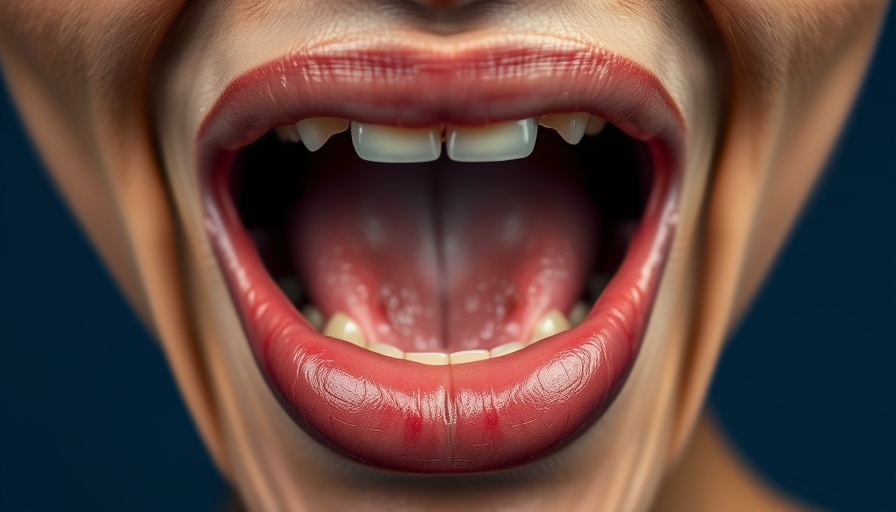
Unlocking the Connection Between Chewing and Brain Function
Many of us underestimate the profound effects that something as simple as chewing can have on our brain function and overall health. Dr. Alan Mandel's enlightening insights reveal that the side on which you primarily chew can significantly influence how your brain operates. The discussion highlights not only the science behind chewing but also practical tips for improving our cognitive and physical health.
In 'Chew on This for 30 Seconds – The Effect on Your Brain is Instant | Dr. Mandell,' the discussion dives into the fascinating connections between chewing practices and brain health, prompting us to explore its significant implications.
Understanding Why Chewing Side Matters
Most people chew unconsciously, favoring one side much like they might favor a dominant hand. This habitual action activates the trigeminal nerve, a powerful nerve responsible for relaying sensations and motor signals in our brain. When you chew, you engage different parts of your brain, influencing your posture, coordination, and overall balance. Chewing on your left activates the right hemisphere, enhancing spatial awareness and creativity, while chewing on your right stimulates the left hemisphere, associated with logic and speech.
Immediate Effects: Balance and Clarity
If you’ve ever tried the 30-second chewing test presented in the video, you might have noticed changes in your balance and mental focus almost instantly. By switching up your chewing side, you're not just breaking a mundane habit; you're actively engaging both sides of your brain. This simple action can lead to a clearer mind and better bodily coordination.
Long-term Benefits of Balanced Chewing
Integrating a practice of alternating chewing sides can provide you with numerous long-term benefits. Regularly engaging both sides of your mouth can help alleviate common issues related to jaw pain and TMJ. It can improve blood circulation and nerve activity across both hemispheres of the brain, leading to enhanced cognitive functions such as sharper thinking and quicker reactions. For those struggling with headaches or neck pain, this balanced approach can also relieve tension and promote better posture.
Impact on Digestion and Overall Wellness
Chewing affects not only our mental clarity but also our digestion. By breaking down food evenly from both sides of the mouth, we can aid our digestive system, alleviating stress on the stomach and intestines. Those suffering from tinnitus, eye strain, or dizziness may find relief by balancing their chewing patterns, as it can help reduce nerve irritation related to these conditions.
Creating New Habits for a Healthier Life
It’s vital to make conscious changes in our dietary habits to improve both our mental and physical health. Dr. Mandel encourages integrating this awareness into our daily routines. Start by alternating every few bites while eating your meals or chewing gum. This small habit can foster a healthier relationship with food and help alleviate physical discomforts.
Conclusion: Prioritize Your Brain and Body Balance
Making simple changes, like being conscious of how you chew, can lead to significant benefits for your health. By exploring this connection, we foster not only brain health but overall wellness. Make a habit of balancing your chewing patterns to promote longevity in cognitive functions while also preventing jaw tension and discomfort.
This knowledge isn't solely for personal benefit but is also an empowering tool for sharing with others. Encourage friends and family to take the 30-second chewing challenge, and together, explore the remarkable ties between our everyday actions and their wider impact on health.
As we continue to explore various health and wellness trends, remember: finding balance in life extends beyond food choices, influencing every facet of our daily experiences.
 Add Row
Add Row  Add
Add 




Write A Comment